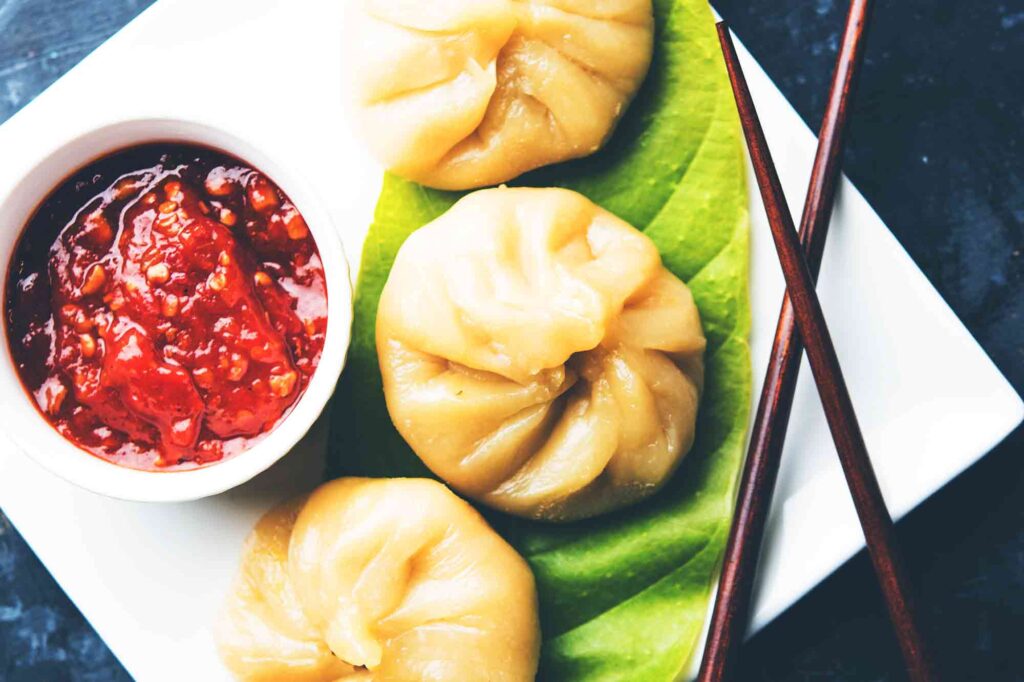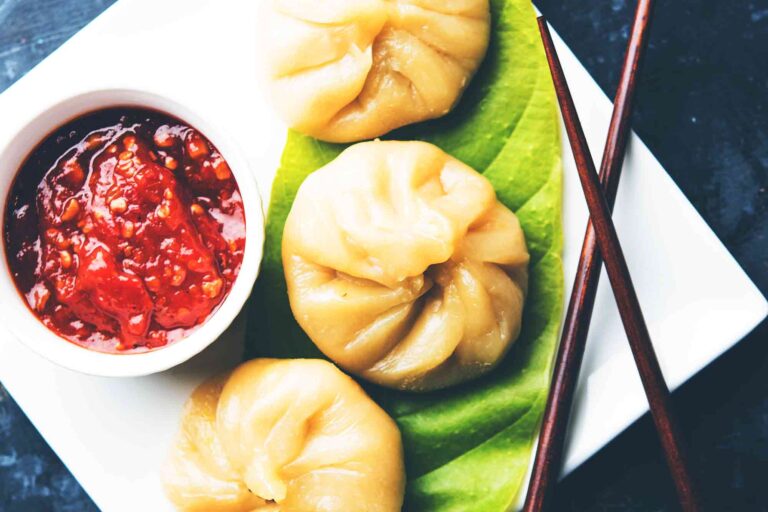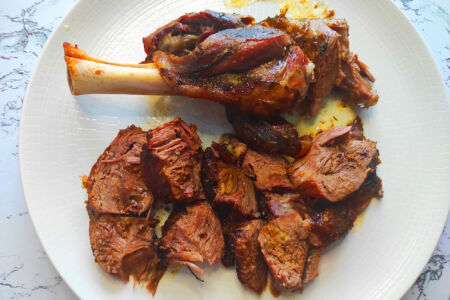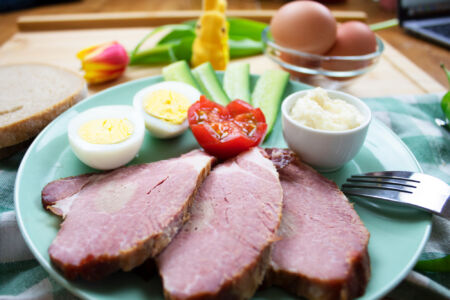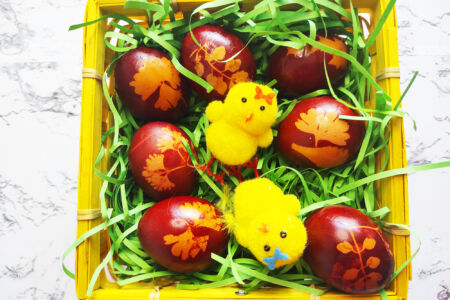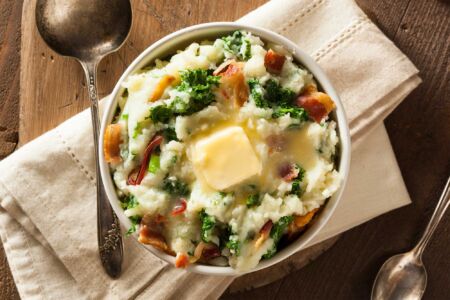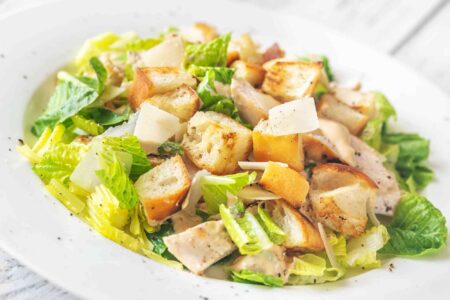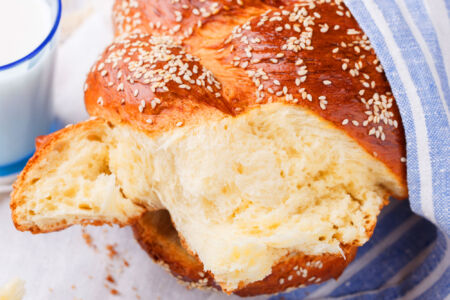Momo Dumplings, A Taste of Tradition
Nestled high in the Himalayan mountains, where the air is crisp and prayer flags flutter in the wind, there lies a culinary gem that has captured the hearts and taste of many: the irresistible momo dumplings.
These delightful parcels of flavor have a history as rich and diverse as the cultures that call this region home.
Momo dumplings, with their delicate, hand-rolled wrappers encasing savory fillings, are a beloved treasure of Nepali and Tibetan cuisine.
They are not just a meal but a tradition, a culinary art form that has been passed down through generations.
| Prep time | Cook Time | Rest Time | Total Time |
|---|---|---|---|
| 30 min | 20 min | 30 min | 80 min |
A History Wrapped in Dough
The origin of momo dumplings can be traced back to the trade routes that crisscrossed the Himalayan region. Tibetan traders journeyed along these ancient paths, bringing with them a taste of their homeland.
They introduced the concept of dumplings to the local communities, where it merged with indigenous flavors and techniques.
Innovations and Regional Variations
As the momo made its way into different regions, it underwent fascinating transformations. In Tibet, they are known as “momos,” in Nepal, “momo,” and in Bhutan, “mom.”
Each culture has put its unique stamp on this delectable creation, with variations in fillings, shapes, and even cooking methods.
A Handcrafted Culinary Experience
Making momo dumplings is an art that requires patience and skill. The dough is meticulously kneaded until it reaches the perfect elasticity, and the fillings are carefully crafted with a medley of meats, vegetables, and spices.
The folding and sealing of momos vary from place to place, with intricate pleats and patterns that are often handed down as family secrets.

Steaming Perfection
Once assembled, the momos are gently steamed, allowing the flavors to meld and intensify. The result is a burst of taste in every bite, a harmonious blend of textures and aromas that tantalize the senses.
A Cultural Symbol
Beyond being a delightful dish, momo dumplings hold cultural significance. They are an integral part of festivals, celebrations, and family gatherings, where they symbolize unity and togetherness.
The act of sharing momos with loved ones is a tradition that fosters connections and strengthens bonds.
Global Popularity
In recent years, momo dumplings have transcended their mountainous origins and found their way to menus worldwide.
Their universal appeal lies in their ability to bridge the gap between exotic and familiar, offering a taste of the Himalayas to the global taste.
Momo dumplings are more than just a meal; they are a journey through history, a celebration of culture, and a culinary delight that transcends borders. Whether enjoyed in the misty valleys of Nepal or the bustling streets of New York City, momos remain a testament to the enduring power of tradition and the universal love for good food.
So, the next time
you savor a steaming plate of momo dumplings, remember that you are partaking in a legacy that stretches back centuries, a taste of the Himalayas that has become a global sensation.
Ingredients
For the Dough
For the Filling
For the Dipping Sauce
Instructions
Make the Dough
In a mixing bowl, combine the all-purpose flour and a pinch of salt.
Gradually add water while kneading the mixture until it forms a smooth, elastic dough.
Cover the dough with a damp cloth and let it rest for about 30 minutes.
Prepare the Filling
In a large bowl, mix the ground meat, finely chopped cabbage, green onions, minced garlic, minced ginger, soy sauce, sesame oil, salt, and pepper.
Stir until well combined and set aside.
Form the Dumplings
Roll the rested dough into a long cylinder and cut it into small pieces.
Roll each piece into a thin, round wrapper (use a rolling pin or your hands).
Place a spoonful of the filling in the center of each wrapper.
Fold and Seal
Fold the wrapper in half to create a half-moon shape.
Pinch and fold the edges to seal the dumpling. You can use various folding techniques for different shapes.
Steam the Dumplings
Place the dumplings in a steamer lined with parchment paper or cabbage leaves to prevent sticking.
Steam the dumplings for about 15-20 minutes until the filling is cooked through.
Make the Dipping Sauce
In a small bowl, combine soy sauce, rice vinegar, sesame oil, minced garlic, and red pepper flakes (if using).
Once the momo dumplings are cooked, serve them hot with the dipping sauce.
Enjoy, Good Appetite!

